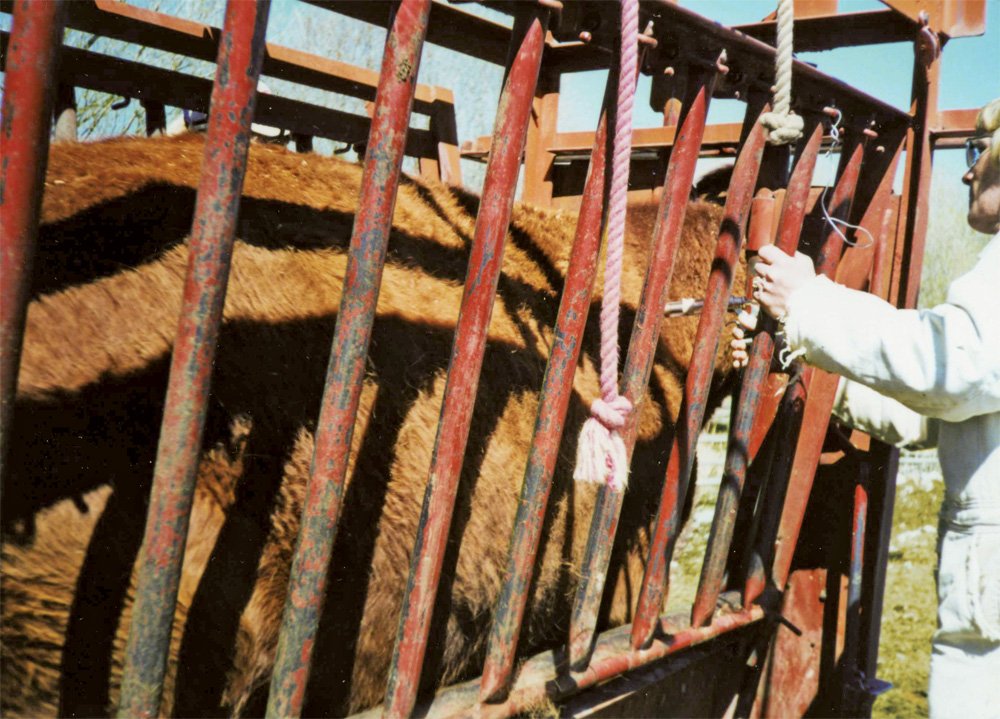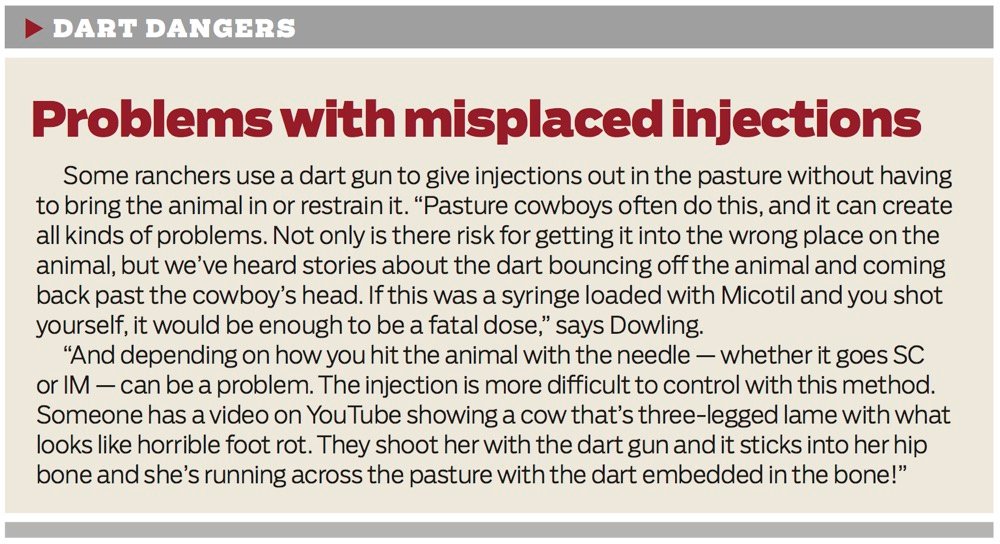India when the article was Posted On: 09 JUN 2022 at 8:56 PM by PIB Delhi that Shri Narendra Singh Tomar launches Animal Vaccines and Kits developed by the ICAR-NRC on Equines.
In the PMC article, given a vaccine has adverse side effects for humans, what will happen to the animals? Are they, too, facing the side effects now? Did animals require a vaccine against COVID?
Allergic reactions can range from hives to itching or swelling to systemic shock leading to fluid in the lungs and sudden death

Occasionally cattle experience a reaction to vaccine or medication (injected, applied topically, or given orally). An allergic reaction can be mild and local (swelling at the injection site after vaccination) or serious and fatal — if the animal goes into anaphylactic shock.
Many of the things we administer are foreign to the animal’s body, and in the case of vaccines, the goal is for the body to recognize it as foreign and develop antibodies to combat these foreign agents (antigens) in the future. The vaccine will therefore enable the animal to create an immune response. On rare occasions, however, the animal may develop an acute allergic reaction to a foreign substance. Reactions can range in severity from hives/itching to systemic shock with fluid in the lungs and sudden death.
Dr. Steve Hendrick of the Coaldale Veterinary Clinic in Coaldale, Alta., a feedlot, dairy, and cow-calf practice in southern Alberta, says some of the clostridial vaccines result in a temporary lump or swelling at the injection site. “Most vaccines have been changed so they can be given subcutaneously, and those swellings become more apparent when they are not deep in the muscle,” he says.
Label instructions give dosage, injection sites, and whether the vaccine should be given intramuscular (IM) or subcutaneous (SC). The neck is generally the preferred site — so injections are not going into muscles that would be better cuts of meat, in case of injection lesions. If the neck size will swell, however, put the vaccine a little farther up the neck (in the acceptable triangular area) rather than close to the shoulder. A painful swelling ahead of the shoulder makes it difficult for the animal to move that shoulder forward, creating lameness for several days.
The carriers of certain antibiotics are also somewhat irritating. “Some individual animals are also more sensitive to certain products. You don’t always know, however, when giving medication or a vaccine, whether that particular animal will react more adversely than the rest of the herd,” says Hendrick.
Hives sometimes occur when cattle are exposed again to a product they have already been sensitized to. A serious adverse reaction may be sudden and unexpected because many producers routinely vaccinate and treat animals for years and never experience a serious reaction.
“There are four types of hypersensitivity, including immediate anaphylactic reaction, and hives can be part of that, along with swelling that shuts off the airways. Others are a delayed type of sensitivity, and in some of these instances the animal may develop hives but no other problems,” says Hendrick.
Dr. Trisha Dowling, professor, of veterinary clinical pharmacology at the Western College of Veterinary Medicine, and co-director of Canadian gFARAD (a global food animal residue avoidance database), says the worst type of reaction is anaphylaxis. “Unfortunately, with severe anaphylactic reactions you don’t have a chance to treat; the animal just drops dead. In a less serious situation, you can treat the animal with intravenous epinephrine, but most people don’t have this drug on hand,” she says.
“Vaccines are the worst, for adverse reactions, just by their nature — because you are stimulating the immune system. Vaccine reactions also far outnumber reactions to drugs. The most common reactions are to clostridial bacterins that contain whole organisms,” says Dowling.
“The next most common causes of allergic reactions are antibiotic injections. Penicillin is the most notorious for allergic reactions. I’ve not seen a fatal anaphylactic reaction to penicillin in a cow; we see it more in horses. This may be partly because more penicillin is used in horses because of its effectiveness for many infections. In cattle, we see more reactions to oxytetracycline. If a cow or calf has an anaphylactic reaction to oxytetracycline, it’s usually not the first injection that they react to. It’s usually the second one, because they have been previously sensitized to this drug,” she explains.

Signs of reaction
Some of these swellings may be huge. “Tetracycline, for instance, is a very irritating molecule. Sometimes the cow’s neck is so big you can’t get her in the head catch.” The carrier for a certain product may also cause irritation and reactions.
“This is often the case with oxytetracycline. If you give the short-acting oxy-tet intravenously and give it too fast, it causes low blood pressure and the animal faints/collapses. Intravenous oxytetracycline and intravenous trimethoprim sulfa are notorious for that,” says Dowling.
When an animal collapses during an IV injection, it usually recovers quickly — unless it is injured when it falls down. “It’s simply an acute collapse and then they bounce back up again. Those products should always be injected very slowly. With tetracycline, the reaction is due to both the molecule and the polypropylene carrier it’s in. With trimethoprim sulfa, it seems to be mostly the carrier that causes this reaction in which the blood pressure drops,” she explains.
“There are not very many other kinds of reactions, in cattle. There is one report in the literature of hives in a cow, resulting from an injection of ceftiofur (cephalosporin), but this is uncommon,” she says.
“Adverse reactions are not well reported in our Canadian system. It’s a bit easier to report adverse reactions in the American system. But we do know the most common reactions we see are from vaccines rather than drugs. With the drugs, fatalities are infrequent, but there are still many issues with irritation at the injection site,” she says.
Source: canadiancattlemen
